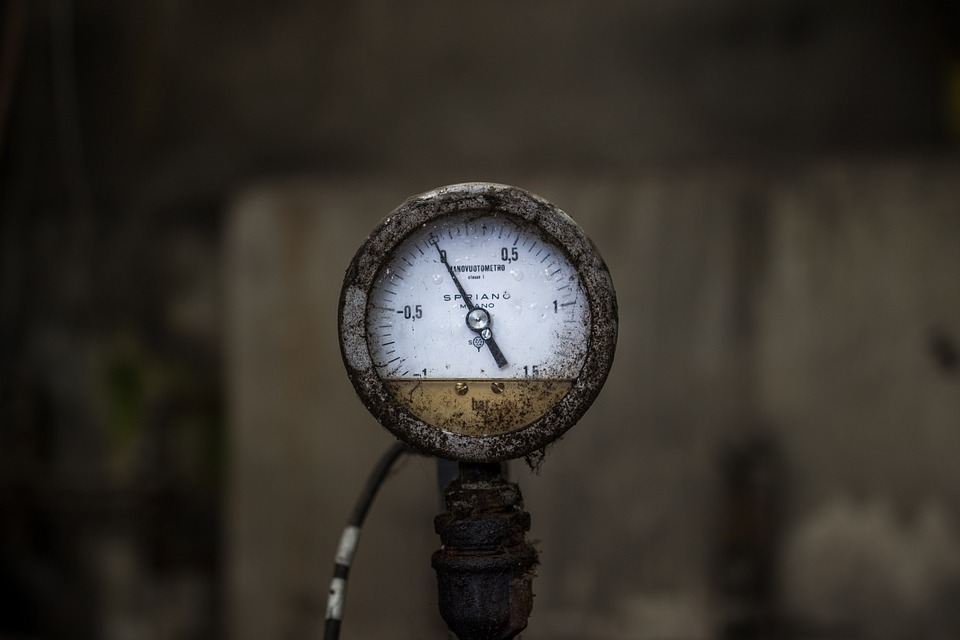The reduced pressure zone device is designed to prevent the backflow of water through back-siphoning or back-pressure. Commonly known as RPZD or simply RP, the device is usually used in a high hazard condition. On the hand, the Double-Check valve, also known by its short form, DC, is usually used in low hazard conditions. While both are designed for prevention of backflow, there are good reasons for choosing the RPZD over the DC. Without much ado, the following are the top reasons why you should make a switch from DC to RPZD.
Little Room for Failure
Initially designed for fire-fighting, the DC works by closing the valves when there is more pressure on the property side than on the public side, thus stopping backflow of water. However, there is no way of finding a solution to a situation whereby the valves fail to close, or they partially close as a result of presence of debris in the line. In fact, you need the expertise of a trained professional who will conduct a test in order to tell whether there has been a failure. The point is that the DC system is closed and there is, therefore, no way of checking the function of the internal valves.
The RPZD comes with a pair of check valves that work independently. Unlike the DC, it also has a differential relief valve which is operated hydraulically. Found below one of the valves, the hydraulic valve is responsible for ensuring that there is no chance for failing of the RPZD.
Whenever water stops flowing, the two valves close. Immediately, the hydraulic valve opens, thereby emptying the water between the valves. This, however, does not provide the limit of water drained from the device.
No Need for Removal for Testing and Repair
A number of backflow devices do not allow for in-line testing. They simply don’t have test ports or isolation valves. Moreover, there are no standard procedures for their testing.
One of the main advantages of the RPZDs is the fact that they come with test ports on their isolation valves. Therefore, you don’t have to remove the assembly from the line in order to test or even repair them. Testing and repair professionals, nevertheless, have to go through special courses as well as have proper certification.
Bottom Line
A reduced pressure zone device is much more suitable for use than the Double-Check valve especially in high hazard situations. Even when the two valves fail, the RPZD will still effectively prevent back-siphoning and back pressure. It is also easy to ensure proper operation since they are testable.










